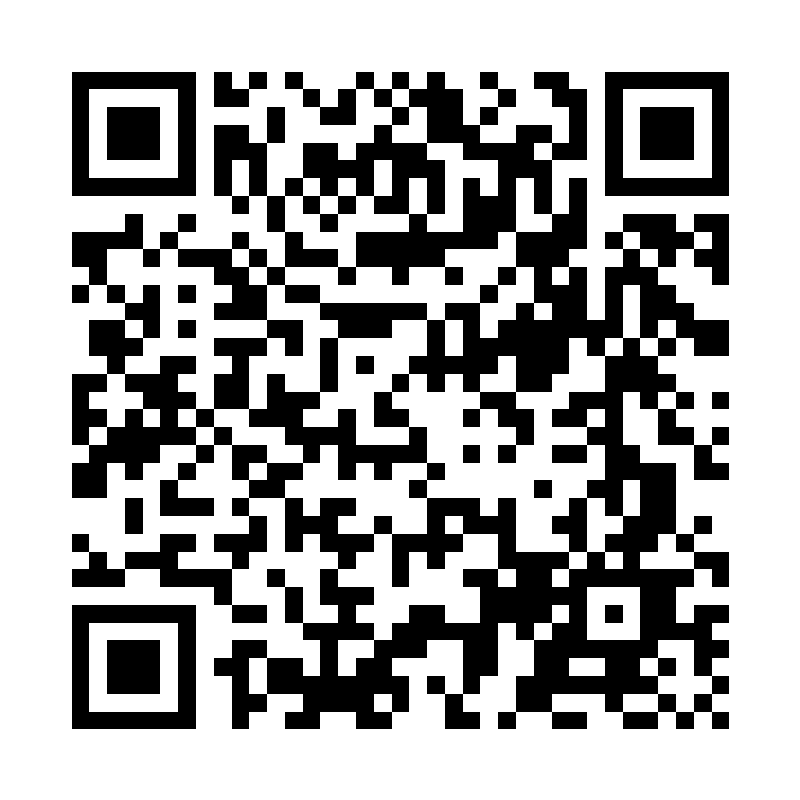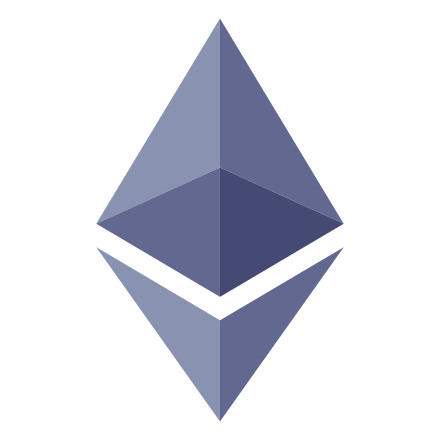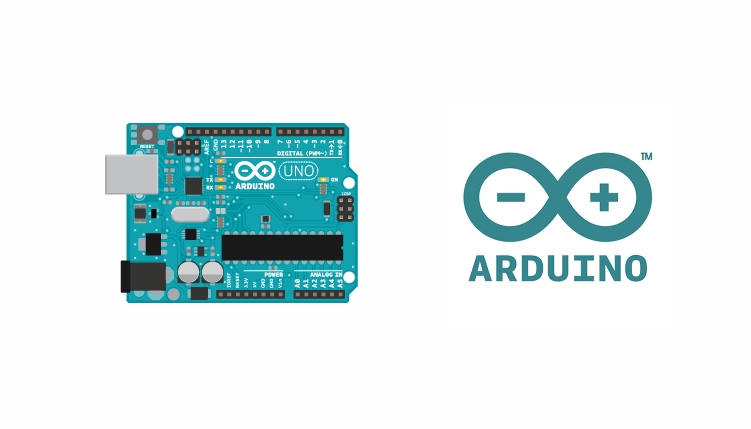สวัสดีครับ หลังจากที่เราได้เรียนรู้การใช้งาน Arduino ตั้งแต่ติดตั้งโปรแกรม Arduino IDE ไปจนถึง Upload โปรแกรมลง Arduino board ในบทความ Arduino ตอน3 ติดตั้ง Arduino IDE และเริ่มต้นเขียนโปรแกรมแรก กันไปแล้ว ในบทความนี้เราจะลงลึกการเขียนโปรแกรมควบคุม Arduino กันแบบจริงๆจังๆกันครับ โดยจะเน้นไปในส่วนของโครงสร้างของภาษา C++ สําหรับ Arduino
โครงสร้างของโปรแกรมภาษา C++ ของ Arduino จะประกอบไปด้วย 5 ส่วนคือ
- Preprocessor directives
- ส่วนของการกำหนดค่า (Global declarations)
- ฟังก์ชั่น setup() และ ฟังก์ชั่น loop()
- การสร้างฟังก์ชั่น และการใช้งานฟังก์ชั่น (Users-defined function)
- ส่วนอธิบายโปรแกรม (Progarm comments)
ด้านล่างนี่เป็นตัวอย่างโครงสร้างโปรแกรมภาษา C++ สําหรับ Arduino แบบเต็มๆ ครับ
/*
Blink
Turns an LED on for one second, then off for one second, repeatedly.
Most Arduinos have an on-board LED you can control. On the UNO, MEGA and ZERO
it is attached to digital pin 13, on MKR1000 on pin 6. LED_BUILTIN is set to
the correct LED pin independent of which board is used.
If you want to know what pin the on-board LED is connected to on your Arduino
model, check the Technical Specs of your board at:
https://www.arduino.cc/en/Main/Products
modified 8 May 2014
by Scott Fitzgerald
modified 2 Sep 2016
by Arturo Guadalupi
modified 8 Sep 2016
by Colby Newman
This example code is in the public domain.
http://www.arduino.cc/en/Tutorial/Blink
*/
#include <Wire.h>
#include <Time.h>
#define AGE 18
int count = 12;
// the setup function runs once when you press reset or power the board
void setup() {
// initialize digital pin LED_BUILTIN as an output.
pinMode(LED_BUILTIN, OUTPUT);
}
// the loop function runs over and over again forever
void loop() {
digitalWrite(LED_BUILTIN, HIGH); // turn the LED on (HIGH is the voltage level)
delay(1000); // wait for a second
digitalWrite(LED_BUILTIN, LOW); // turn the LED off by making the voltage LOW
delay(1000); // wait for a second
}
ผมจะเริ่มอธิบายไปที่ละส่วนนะครับ
1. Preprocessor directives
Preprocessor directives เป็นส่วนที่เขียนไว้บนสุดของโปรแกรม และจะขึ้นต้นด้วย # ซึ่ง Code ในส่วนตรงนี้ จะทํางานก่อนที่จะ Compile Code ส่วนใหญ่จะว้ใช้กําหนดค่าคงที่ หรือ Import library เข้ามาใช้ในโปรแกรม ตัวอย่างเช่น
#include <Wire.h>
#include <Time.h>
#define AGE 18
2. ส่วนของการกำหนดค่า (Global declarations)
เป็นส่วนของการประกาศตัวแปรภายนอก Function หรือประกาศ Function ต่างๆ ซึ่งจะเป็นการประกาศแบบ Global หมายความว่าทุกๆ Function จะสามารถเรียกใช้ตัวแปร หรือ Function ที่ประกาศแบบนี้ได้ ตัวอย่าง
int count = 12;
หรือ
void setup() {
...
}
3. ฟังก์ชั่น setup() และ ฟังก์ชั่น loop()
ฟังก์ชั่น setup() และฟังก์ชั่น loop() เป็นคำสั่งที่ Arduino บังคับต้องให้มีในทุกโปรแกรม โดยทั้งสอง Function นี้ Arduino กําหนดให้มีหน้าที่ดังนี้
Function setup() จะถูกเรียกใช้ทึกครั้งที่โปรแกรมเริ่มทํางาน ส่วนใหญ่จะเอาไว้ใช้กําหนดค่าตัวแปรเริ่มต้น หรือเริ่มต้นใช้งานไลบารี่ต่างๆ ตัวอย่างเช่น
void setup() {
// initialize digital pin LED_BUILTIN as an output.
pinMode(LED_BUILTIN, OUTPUT);
}
Function loop() Function นี้จะถูกเรียกใช้หลังจาก Function setup() และจะทํางานแบบวนลูปไม่รู้จบ หมายความว่าเมื่อ loop() ทํางานเสร็จ ก็จะวนกลับมาทํางาน loop() อีกครั้ง วนแบบนี้ไปเรื่อยๆ ไม่รู้จบ ตัวอย่าง
void loop() {
digitalWrite(LED_BUILTIN, HIGH); // turn the LED on (HIGH is the voltage level)
delay(1000); // wait for a second
digitalWrite(LED_BUILTIN, LOW); // turn the LED off by making the voltage LOW
delay(1000); // wait for a second
}
4. การสร้างฟังก์ชั่น และการใช้งานฟังก์ชั่น (Users-defined function)
นอกจาก Function setup() และ loop() แล้วเรายังสามารถสร้าง Function ขึ้นมาใช้งานเองได้ดังตัวอย่างนี้
void Mode(int pin) {
pinMode(pin, OUTPUT);
}
void setup() {
Mode(13);
}
5. ส่วนอธิบายโปรแกรม (Progarm comments)
สําหรับส่วนของ อธิบายโปรแกรม (Progarm comments) ส่วนนี้จะไม่ถูกนํามา Compile มีไว้ใช้เขียนอธิบายโปรแกรม กรณีที่เราต้องการอธิบายขอยายความ Code ของเรา จะถูกเขียนไว้หลังเครื่องหมาย // หรือเขียนอยู่ภายในเครื่องหมาย /* */ ตามตัวอย่างนี้ครับ
/* This is a comment */
หรือ
// This is a comment
เท่านี้เราก็รู้จักส่วนต่างๆของภาษา C++ ที่ใช้กับ Arduino แล้ว ซึ่งมันก็จะคล้ายๆกับ ภาษา C++ ทั่วๆไปเลยครับ
สําหรับบทความนี้พอแค่นี้ก่อนนะครับ แล้วเจอกันใหม่บทความหน้า ขอบคุณที่ติดตามอ่านนะครับ :)






